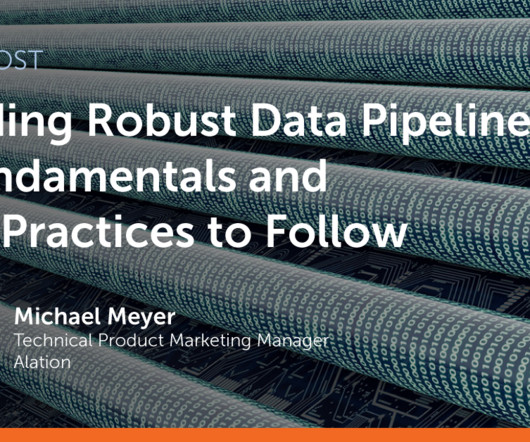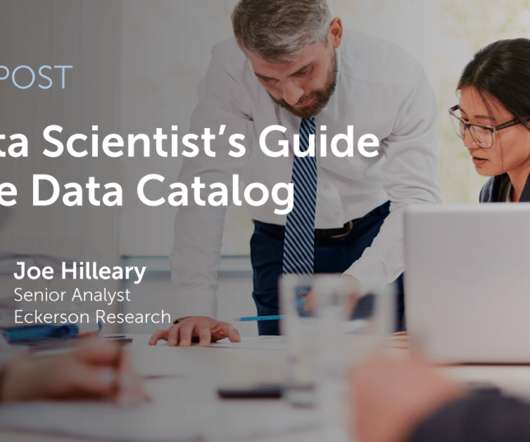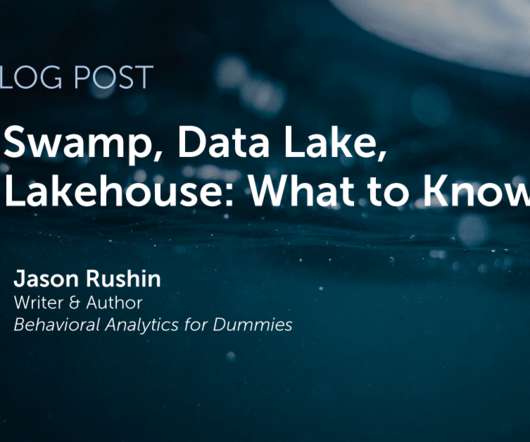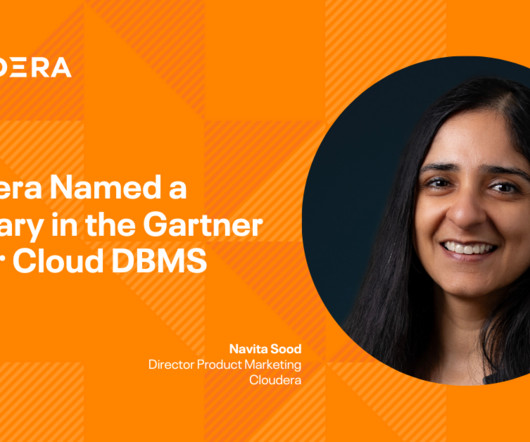Data governance in the age of generative AI
AWS Big Data
FEBRUARY 29, 2024
However, enterprise data generated from siloed sources combined with the lack of a data integration strategy creates challenges for provisioning the data for generative AI applications. Implement data privacy policies. Implement data quality by data type and source.




















Let's personalize your content